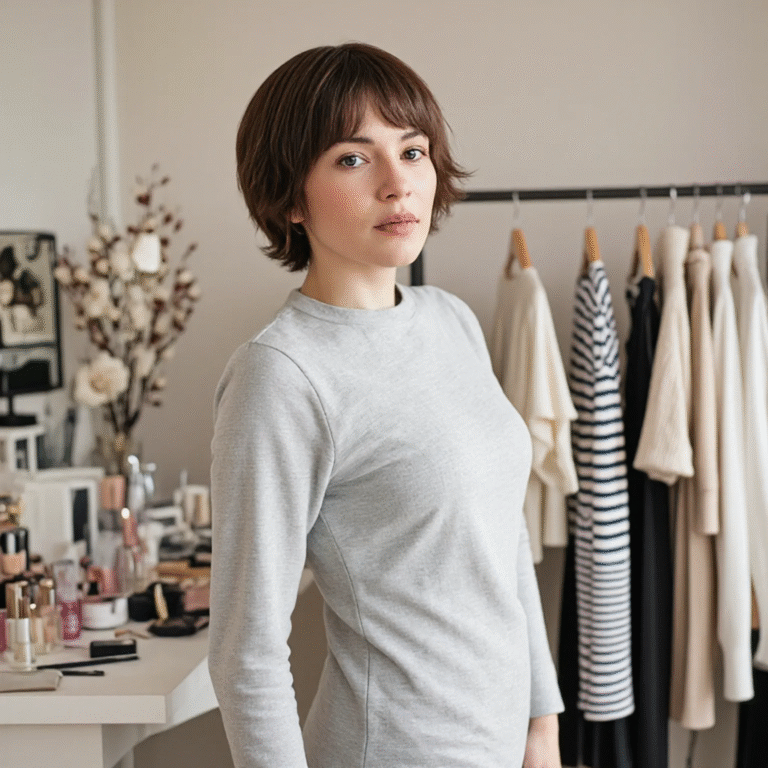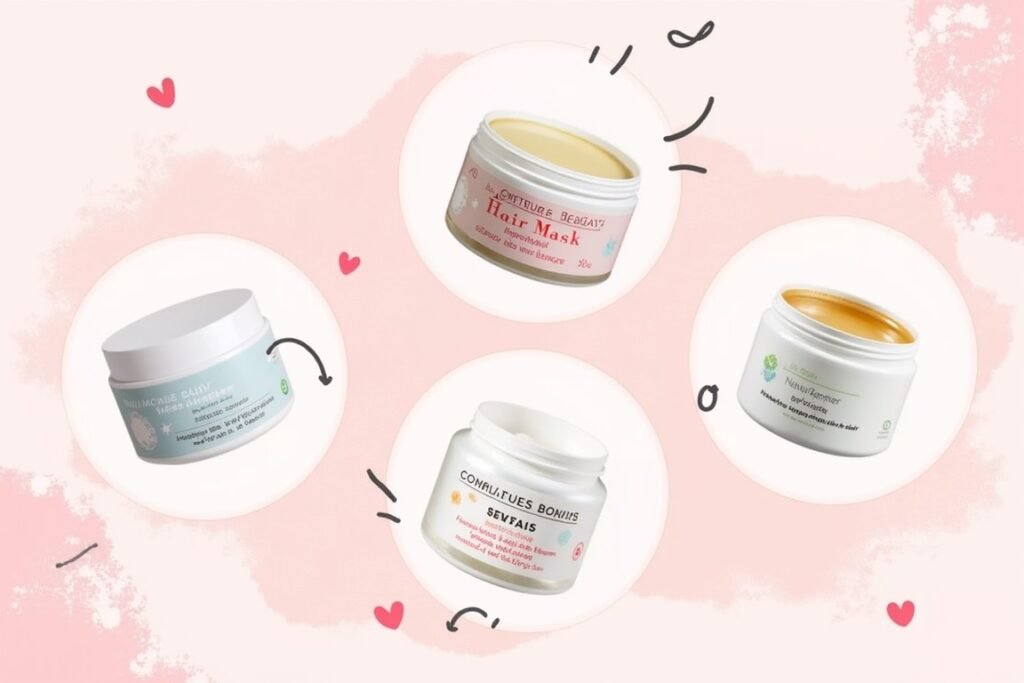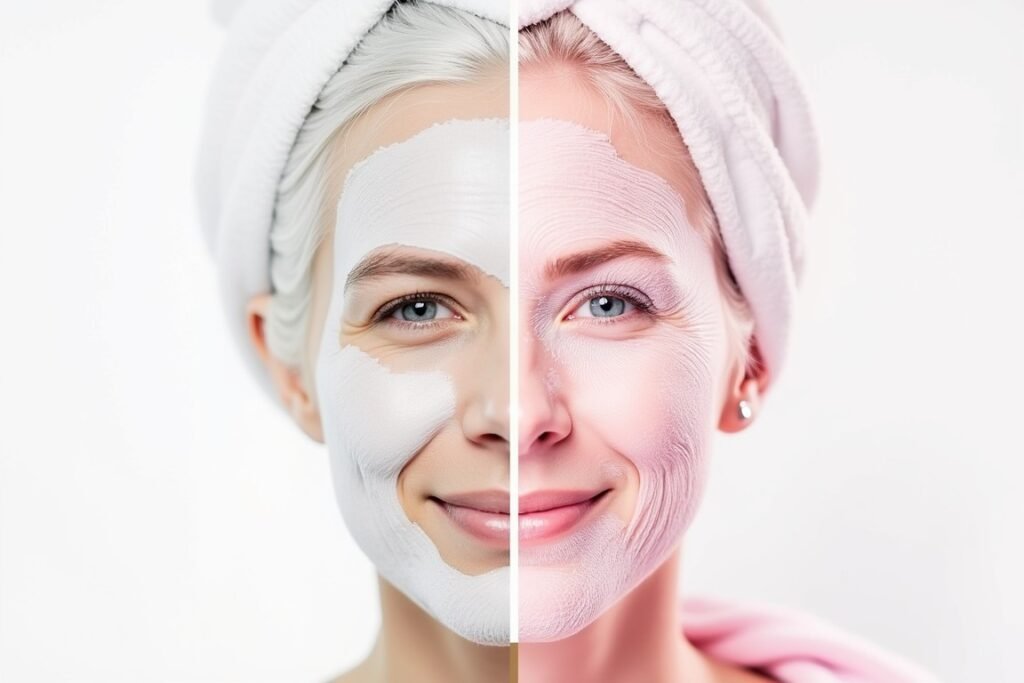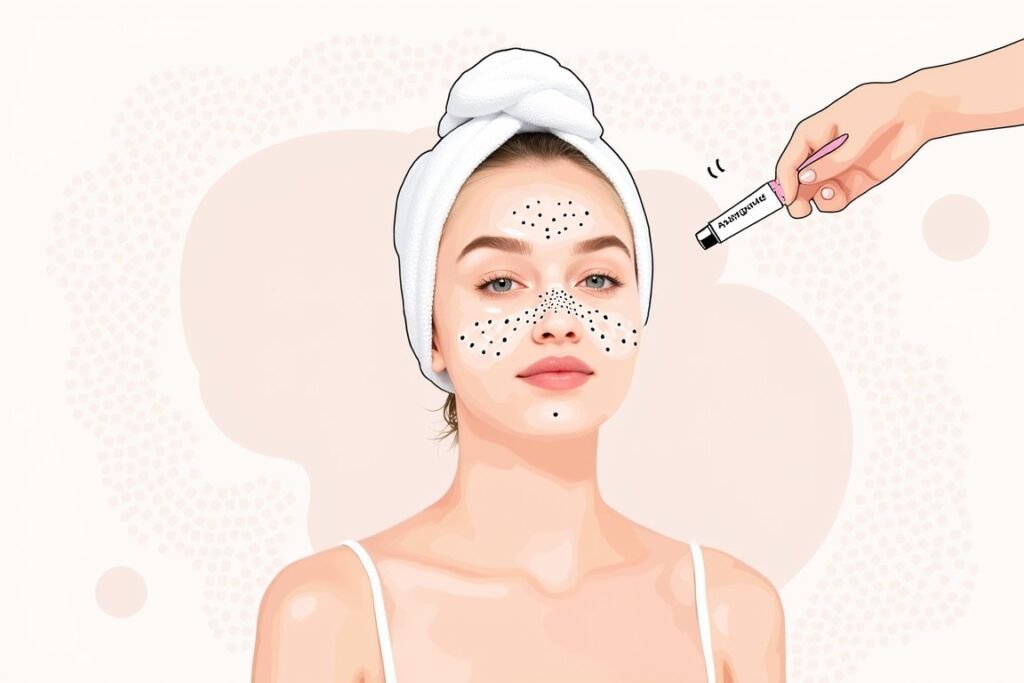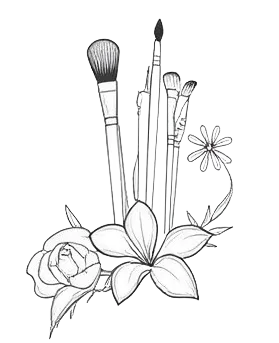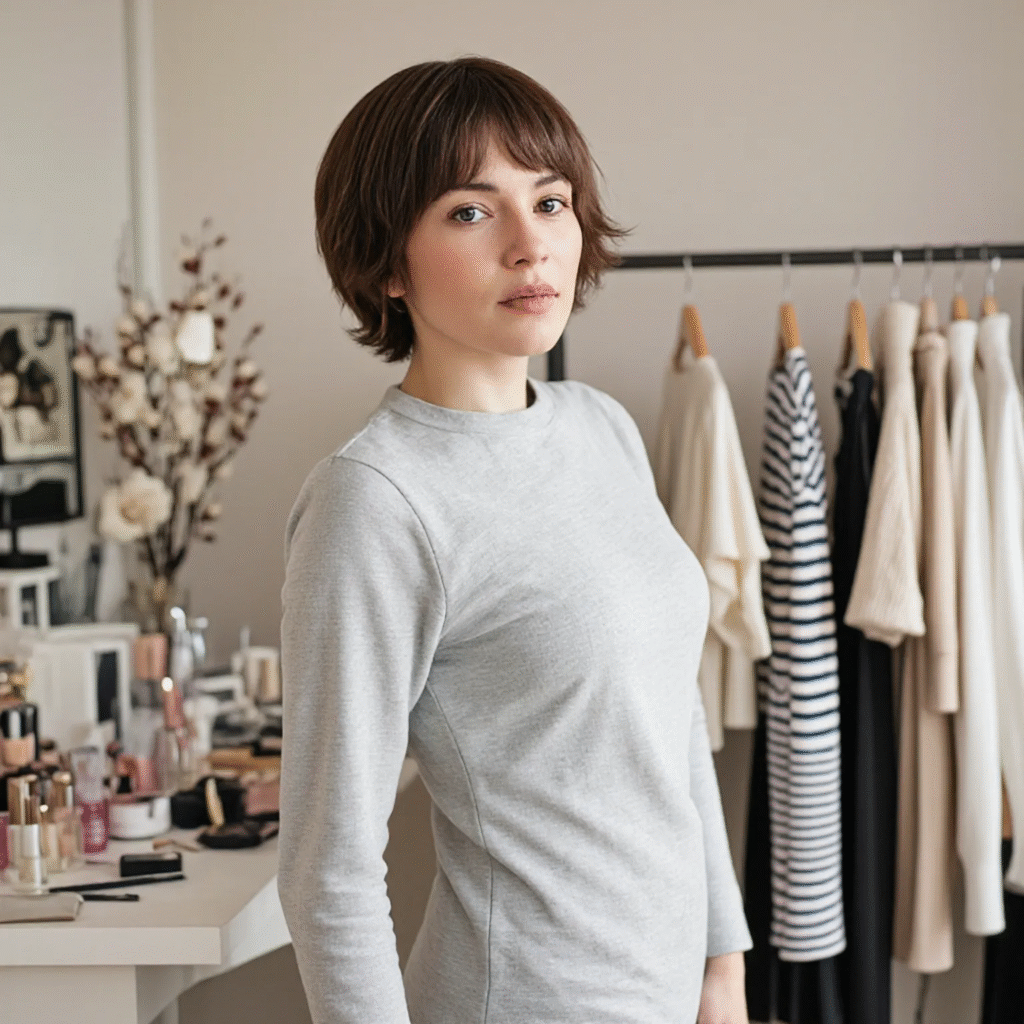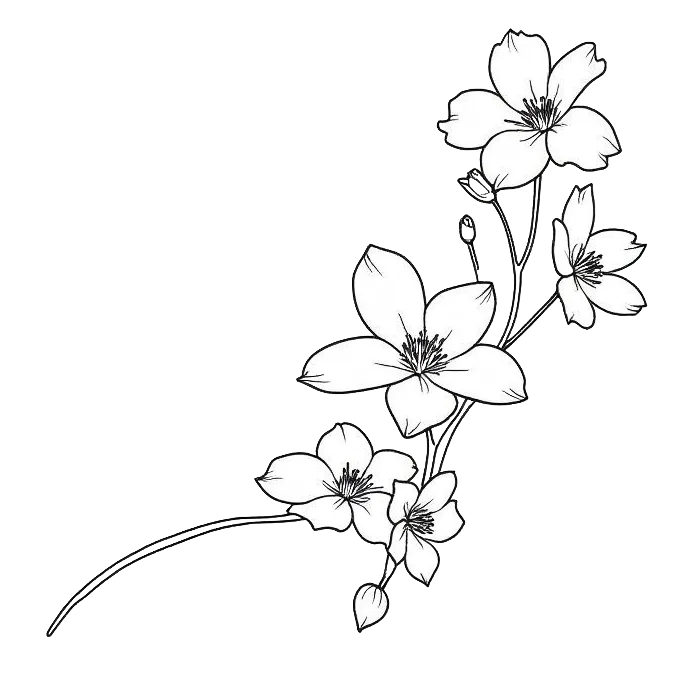In today’s fast-paced world, where first impressions often determine professional success, dressing appropriately for work has become an essential part of a professional image. Have you ever wondered how much our attire influences the way others perceive us?
Research shows that it takes only a few seconds for people to judge our credibility, competence, or even intelligence based on our appearance. That’s why it’s worth asking: how can we dress for work in a way that not only feels comfortable but also exudes confidence and professionalism?
In this article, we’ll explore how to avoid fashion pitfalls and create outfits that not only highlight your personality but also enhance your professional image. Get ready for a journey through the world of office fashion, full of practical tips and inspiring examples to help you stand out in the workplace.
Key facts:
- Dressing appropriately for work enhances professionalism and credibility.
- Invest in well-fitted, high-quality clothing for a polished look.
- Understand company culture to align your attire accordingly.
- Adapt your wardrobe to seasonal changes for comfort and style.
- Balance style and functionality when selecting accessories.
Contents
Why is the outfit for work so important?
Dressing appropriately for work is crucial as it significantly influences perceptions of professionalism and credibility. In professional settings, attire often serves as a visual shorthand for competence and reliability.
For instance, a well-tailored suit can instantly convey authority and respectability, making others more likely to trust and take you seriously. On the other hand, casual or inappropriate clothing might suggest a lack of attention to detail or disregard for workplace norms, potentially undermining your professional image.
Moreover, the right outfit can positively affect workplace dynamics by fostering a sense of unity and shared purpose, especially in environments with a dress code. For individuals, dressing suitably not only enhances confidence but also encourages a professional mindset, enabling them to perform more effectively.
In summary, mindful clothing choices are integral to maintaining a credible and confident presence in the workplace.

General rules – universal clothing tips for everyone
General rules – universal clothing tips for everyone are vital for crafting a wardrobe that seamlessly adapts to any professional environment.
First and foremost, prioritize the fit of your clothing. Well-fitted garments not only enhance your silhouette but also project a polished and competent image. Next, invest in quality pieces. High-quality fabrics and construction ensure longevity and maintain their appearance over time, making them worthwhile investments.
Comfort should never be sacrificed; select clothing that allows for ease of movement and feels good against the skin, as discomfort can distract from your work performance.
Building a versatile wardrobe is key—choose foundational items, such as a classic blazer, tailored trousers, and neutral tops, which can be easily mixed and matched for various settings. This approach not only simplifies dressing but also ensures readiness for unexpected meetings or different work environments.
By adhering to these tips, you cultivate a professional and adaptable wardrobe that supports both confidence and effectiveness in the workplace.
How to dress for work as a woman
When considering how to dress for work as a woman, the diversity of professional attire options offers ample opportunity to balance style with professionalism.
Key pieces to consider include tailored blouses, which can be paired with pencil skirts or tailored trousers to create a sleek and sophisticated look. A well-fitted suit is another staple, providing a powerful option for formal business settings.
Adding layers such as a tailored blazer can enhance your outfit’s versatility, transitioning smoothly from office to after-work engagements. When selecting accessories, opt for subtle yet elegant choices—think classic watches, understated jewelry, and structured handbags. These add a refined touch without overwhelming your ensemble.
Shoes should be both stylish and practical; a pair of low-heeled pumps or elegant flats can complete the look while ensuring comfort throughout the day. By thoughtfully combining these elements, you can create a professional wardrobe that reflects both confidence and personal style.
How to dress for work as a man
When considering how to dress for work as a man, it’s important to strike a balance between professionalism and personal style.
A well-tailored suit remains a cornerstone of men’s work attire, offering a polished and authoritative look suitable for most professional environments. Pairing it with a crisp dress shirt and a tie adds a layer of sophistication.
To introduce casual elements, consider opting for a blazer over a full suit, or wearing a shirt without a tie for a more relaxed yet still professional appearance. Essential wardrobe pieces include versatile dress shirts in neutral colors, a selection of ties with varying patterns, and a pair of quality leather shoes, which provide both style and comfort.
Incorporating chinos or smart trousers can offer an alternative to traditional suit pants, allowing for more versatility in your work wardrobe. By thoughtfully mixing formal and casual elements, men can maintain a professional appearance while expressing their individual style.

Work outfit and the season
When dressing for work, the season plays a crucial role in determining appropriate attire. As temperatures fluctuate, selecting the right fabrics and mastering layering techniques are essential for comfort and style.
In warmer months, opt for breathable materials like cotton and linen, which allow air circulation and help regulate body temperature. Lightweight suits and dresses in lighter colors can also reflect heat.
In contrast, colder seasons call for insulating fabrics such as wool, cashmere, and tweed. Layering becomes key; consider wearing a thermal undershirt beneath your dress shirt or a sweater under a blazer.
Transitioning wardrobe pieces between seasons can be seamless by incorporating versatile items, such as a trench coat for spring or adding a scarf for fall.
The following table outlines suitable fabrics and styles for each season:
| Season | Fabrics | Styles |
|---|---|---|
| Spring | Cotton, Linen | Lightweight Blazers, Trench Coats |
| Summer | Linen, Seersucker | Short Sleeve Shirts, Lightweight Dresses |
| Fall | Wool, Tweed | Layered Sweaters, Scarves |
| Winter | Cashmere, Flannel | Heavy Coats, Thermal Layers |
Match your outfit to the company culture
Aligning your attire with the company culture is essential to ensure you’re appropriately dressed for work. Different workplaces have varying expectations, and understanding these can help you make the right wardrobe choices.
In a corporate environment, where formality is key, opt for tailored suits and conservative colors like navy or charcoal gray. For creative industries, such as advertising or tech startups, the dress code might be more relaxed, allowing for smart-casual outfits like chinos paired with a stylish shirt or blouse.
In contrast, a business casual setting, common in many offices, requires a balance between professionalism and comfort; consider wearing dress pants with a collared shirt or a modest dress. Observing your colleagues can provide insights into the company’s dress code, allowing you to adapt and seamlessly integrate into the workplace culture.
This adaptation not only reflects respect for the company but also enhances your confidence and credibility in your role.

Common outfit mistakes
Common outfit mistakes in the workplace can detract from a polished and professional image. One frequent error is overdressing, which can make one appear out of touch with the company culture. To avoid this, assess the office environment and dress slightly above the average standard if unsure.
Conversely, underdressing can signal a lack of respect for the role or company. Ensure your attire meets the minimum expectations by selecting pieces that align with the environment’s formality level.
Inappropriate accessories can also undermine professionalism; steer clear of overly flashy jewelry or strong fragrances that may distract colleagues. Instead, opt for subtle, classic pieces that complement your outfit without overwhelming it.
By focusing on balance and appropriateness, you can maintain a professional appearance that enhances your credibility and fits seamlessly within the workplace.
Pay attention to accessories – fragrance and functionality
Accessories play a crucial role in enhancing work attire, blending style with practicality to create a cohesive and professional look.
When selecting fragrances, opt for subtle scents that leave a positive impression without overwhelming the senses of those around you. A light, fresh fragrance can be the perfect finishing touch to your ensemble.
Watches are both functional and stylish, serving as a sophisticated accessory that conveys punctuality and attention to detail. When it comes to bags, prioritize functionality alongside style; a structured tote or briefcase can keep essentials organized while maintaining a polished appearance.
As for jewelry, select understated pieces like stud earrings or a simple chain necklace to add a touch of elegance without drawing too much attention. By balancing style and practicality, your accessories can enhance your work attire and reinforce a professional image.

Outfit examples – inspiration
- Classic Business Attire for Women: Pair a tailored black blazer with a crisp white blouse and a pencil skirt. Add low-heeled pumps for comfort, and finish with a structured tote and subtle stud earrings.
- Smart Casual for Men: Combine a navy blazer with a light blue button-down shirt and tailored chinos. Complete the look with brown leather loafers and a sleek wristwatch.
- Creative Work Environment for Women: Opt for a patterned blouse tucked into high-waisted trousers. Add ankle boots and accessorize with a statement necklace and a crossbody bag for a touch of flair.
- Business-Formal for Men: Choose a charcoal grey suit with a light pink tie and polished oxford shoes. A leather briefcase and cufflinks can add a sophisticated touch.
- Tech Industry Casual for Women: Wear a relaxed-fit blazer over a plain T-shirt and skinny jeans. Pair with comfortable slip-on sneakers and a smartwatch for a modern edge.
- Finance Sector Elegance for Men: Select a pinstripe suit with a classic white shirt. Add a silk tie in a contrasting color and black brogues for a refined finish.

Office outfit ideas that are stylish and professional
Office Outfit Ideas That Are Stylish and Professional: For a modern twist on traditional workwear, women can try pairing high-waisted tailored trousers with a contemporary blouse in a trending color like sage green or lavender.
Opt for breathable fabrics such as cotton or linen to ensure comfort throughout the day. Accessorize with a structured handbag and pointed-toe flats for a polished finish.
Men can incorporate current fashion trends by choosing a slim-fit suit in a neutral shade like taupe or navy, paired with a patterned tie for a subtle pop. Consider a shirt in a complementary tone to enhance color coordination.
For both genders, layering is key; a lightweight trench coat or a structured cardigan can add dimension to the ensemble. Finally, consider the texture and weight of fabrics to adapt to seasonal changes, ensuring both style and practicality are maintained.

